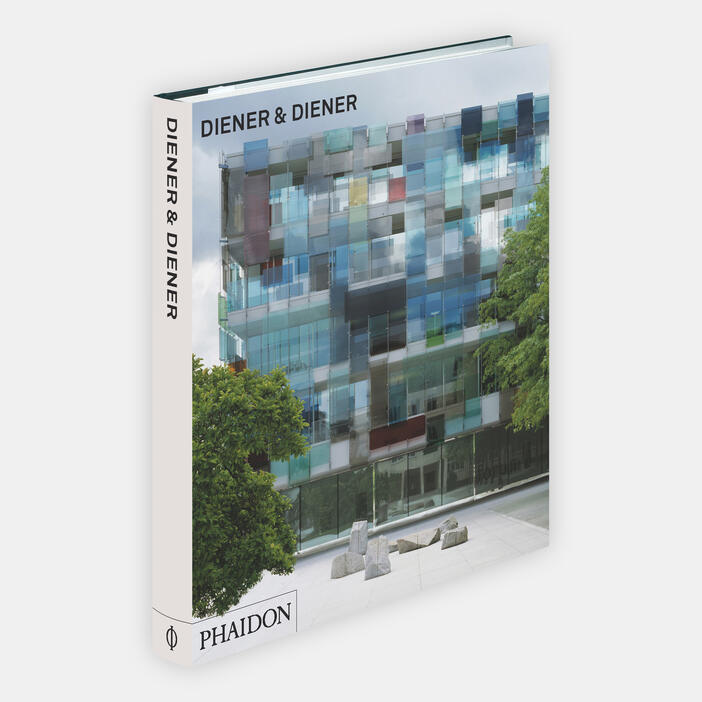

Diener & Diener
- Format: Hardback
- Size: 290 × 250 mm (11 3/8 × 9 7/8 in)
- Pages: 320 pp
- Illustrations: 400 illustrations
- ISBN: 9780714859194
Joseph Abram is a Swiss author and architectural historian who has written widely on modernist architecture. He is a professor at the Ecole nationale supérieure d'architecture de Nancy in France.
Martin Steinmann is an architect and architectural historian. He is a professor of architecture at ETH Zurich and has taught at ETH Lausanne and MIT in Cambridge. He has written extensively on Swiss modernist architecture and particularly on the Ticino region.
"Despite its substantial size, this overdue monograph [...] achieves its aims without one word too many. The disproportion between the significance of this Swiss practice and its laconic coverage in the English language has made this volume a matter of urgent necessity... The present monograph is conceived as any of the practice's projects: with consideration towards the conventions of the genre, and a commitment to unostentatious substance."— Building Design